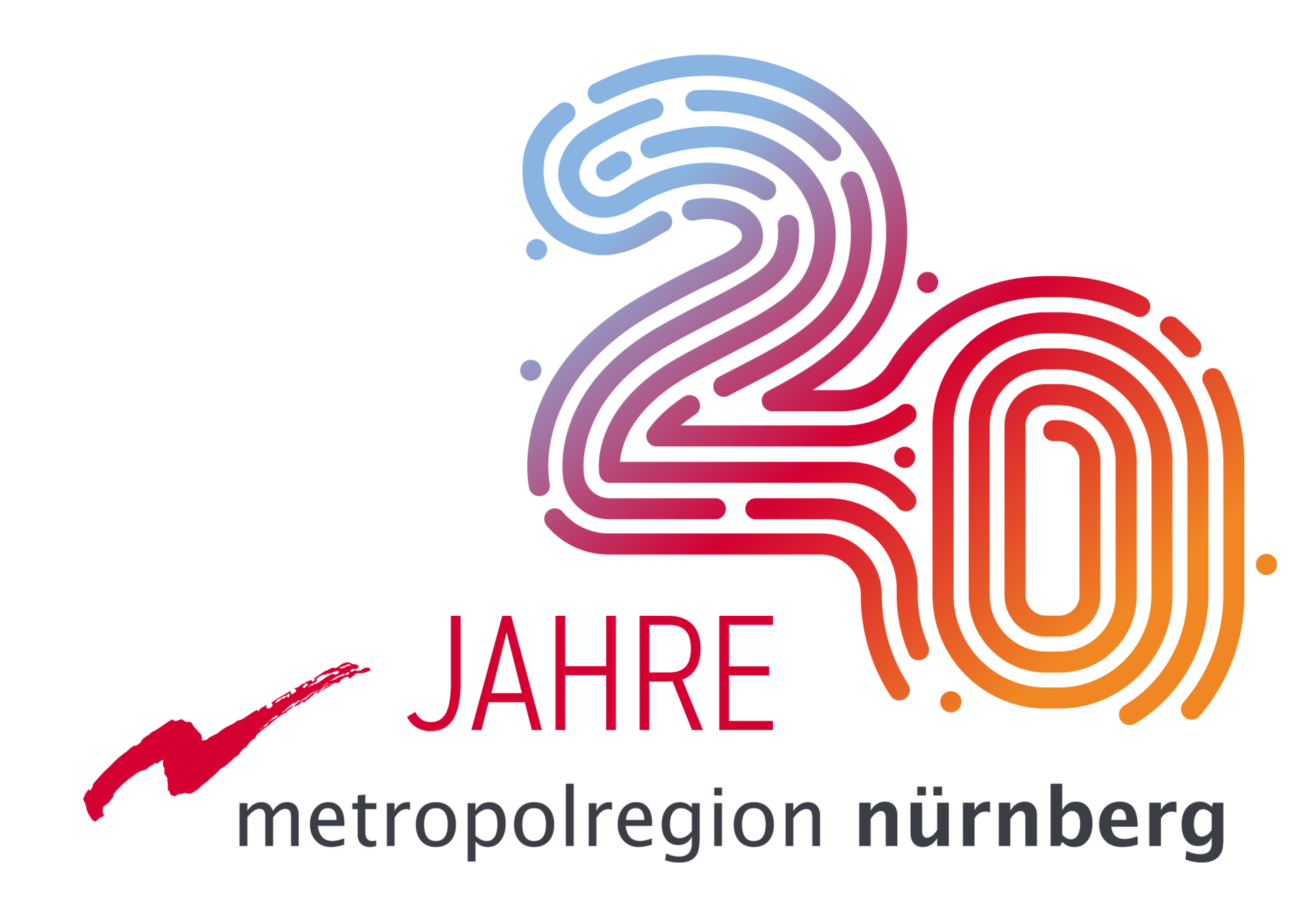DATEV conducts research into development automation in the QUIK-AI project
With the aim of making the potential of artificial intelligence (AI) even more usable for software development, the QUIK-AI research project was recently launched. In this project, DATEV eG is collaborating with Fraunhofer IIS and isento GmbH to research AI-based solutions for automating software development processes and the provision of data for training AI models as much as possible.
QUIK-AI is scheduled to run for three years and is funded by the Bavarian State Ministry of Economic Affairs, Regional Development, and Energy (StMWi). DATEV contributes use cases from its business environment. The project activities are geared toward these use cases, and the research results are then evaluated under real-world conditions.
The development of AI applications often fails due to the lack of machine learning (ML) experts. In addition, the effort required for data acquisition, model selection, training, and implementation in data-driven software development can quickly lead to costs that make the development project uneconomical. The QUIK-AI research project aims to compensate for this shortcoming – among other things, by automating various activities in the development process that previously required human expertise. In the software environment, this offers opportunities to increase efficiency in development. Repetitive tasks are automated and the quality of the data basis and output is ensured. This results in reliable, more resource-efficient, and faster processes.
The goal of QUIK-AI is to develop an AI tool in the form of interactive and controlled automation that integrates seamlessly into the machine learning lifecycle. In addition to integrating methods of explainable, collaborative, semi-automated machine learning (AutoML), the focus is on developing explicit, easy-to-use quality controls for smart labeling, i.e., the semi-automated preprocessing of data, as well as for monitoring. Key components of the research project include a comprehensive requirements analysis and the development of a demonstrator.


